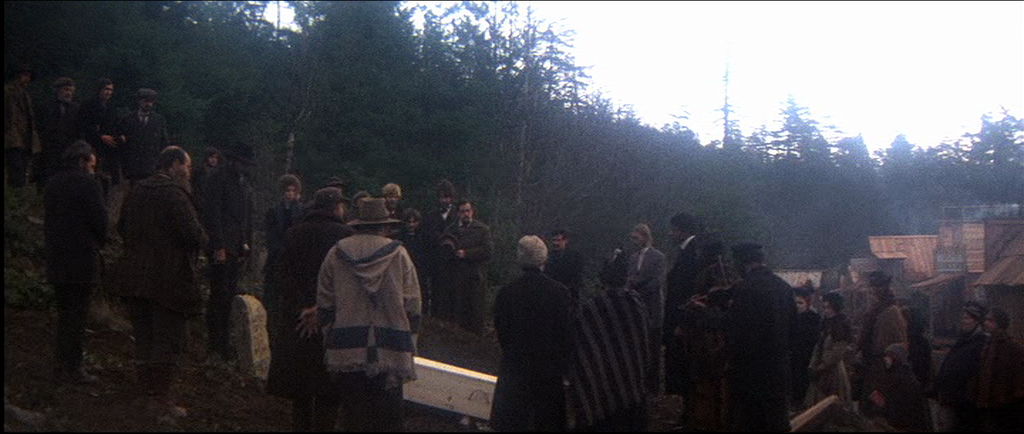Writer/director Mike Flanegan
(“Oculus,” “Hush”) should receive major props for taking on a project that began with a Hasbro toy (the
Ouija Board!) instead of an idea and molding it into something that’s more than
worthwhile and not a shallow, uninspired money grab/ glorified product
placement.
“Ouija: Origin of Evil” (a prequel to a movie I saw but have
no memory of. I think a crazy lady was in a mental hospital at one point for
some reason) certainly isn’t groundbreaking. It contains the usual horror
clichés and devices: séances, psychic readings, a creepy little girl who talks
to imaginary ghosts and then is possessed by one, a secret torture chamber
inside a haunted house, intense emotional trauma brought on by a violent
accident affecting the protagonist etc. Yet Flanegan manages to make it work
through a combination of humor and horror.
The film begins at a suburban home circa 1965. The owner,
Alice (Elizabeth Reaser) is in the middle of a psychic reading with an older
man and his daughter. To cut to the chase, the meeting gets heated and ends on
a note of intensity when a ghost pops out from behind the curtain, almost
giving the poor man a heart attack. However, after the father and daughter
leave it turns out to be all a con job orchestrated by Alice and her two
daughters Paulina (Annalise Basso) and Doris (Lulu Wilson). This scene does a
god job of setting up the rest of the film not only by introducing the
reoccurring theme of deception but also by establishing a tongue in cheek-ness.
“Ouija” isn’t as self-referential or snarky as “Scream” but Flanegan and the
cast still have fun-- not taking things too
seriously. Following the faux séance the three bicker about how it could have
gone better (“you’re not supposed to almost give him a heart attack!”).
Flanegan takes his time in setting up the narrative. Alice
lost her husband in a sudden car accident and she sees these phony séances, as
a means of helping other people get closure with their own loved ones. However,
that ain’t paying the bills so she goes out and buys an Ouija Board of her own
to spice up her act and accidently summons mysterious spirits.
It works! It really works! Put that on the box!
The spirits can only communicate through Doris because she’s
a little girl and only little girls can talk to ghosts in horror movies. So Alice exploits her human ghost
communication device, continuing on with the home séance business except she
not longer has to rely on homemade special effects. There really are ghosts. Flanegan keeps the silliness going; in one funny
and unexpected moment a ghost talks directly through Doris.
But it’s not all fun and games and before long it’s clear
that a legitimate force of evil is lurking in the shadows, putting the family
in danger. There’s nothing lousy or uninspired about the scares Flanegan
concocts. Like all great horror films “Ouija” relies on subtly, letting the
horrific images speak for themselves (without jump cuts or loud base) and
consistently occurring patterns of wind up terror: slow build up, followed by
sudden bursts of terror, and then back to normal again, awaiting the next burst.
There are a number of truly disturbing moments of terror that will burrow into
your psyche and stay there. Instead of going for the easy jump scares, Flanegan
slowly creates an atmosphere of creepiness and unease.
At the same time, the picture doesn’t shed its silliness and
maybe the most impressive thing about “Ouija” is that it manages to be
knowingly silly and legitimately terrifying. In one scene you’ll be giggling
madly at something and then in another you’ll witness something horrific that
will leave you anxiously biting your nails. In this way, the humor works to
throw you off the scent so the film can then ambush you with frights. While the
broad strokes of the narrative remain fairly familiar throughout, this peculiar
balancing of humor and horror kept me fully engrossed from start to finish.
The acting is solid across the board but the scene-stealer is
Wilson. The child actor is not only natural but also nuanced—making Doris into
intelligent, curious and energetic little girl, along with being creepy. She
can be utterly unpredictable, sweet one minute and sinister the next. One of my
favorite scenes involves her delivering a devilish monologue about
asphyxiation. Creepy little girl who can talk to ghosts might be the stalest cliché
in this film but Wilson gives it some much-needed life.
“Ouija” isn’t as strong as some of the other horror films
from 2016 like “The Witch,” “The Wailing,” or “Under The Shadow.” It’s not as
fresh, ambitious or scary and things get a little convoluted towards the end. But
it’s a hell of a lot of fun, delivering moments of welcomed silliness and
intelligent scares.





